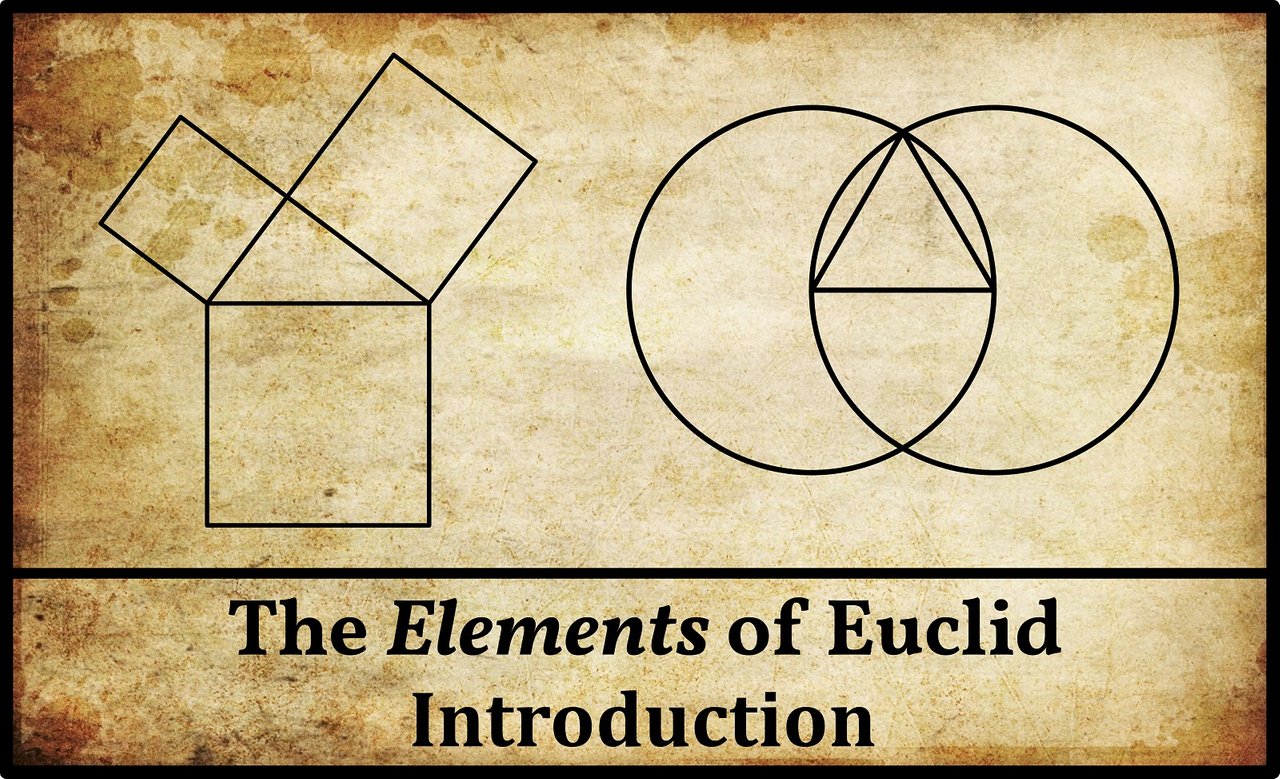
The Elements by Euclid of Alexandria is arguably the most important mathematical work to have passed down to us from the Ancient World. Its thirteen books comprise a total of 465 propositions (theorems and constructions) on plane and solid geometry, number theory, and commensurability. It has never been out of print since the first complete edition appeared in Venice in 1482. It is still used as a textbook today, though its popularity and influence have declined significantly in recent years.
Life of Euclid
We know very little about Euclid himself. The year and place of his birth are unknown, no likenesses of him have survived, and the circumstances of his death remain a mystery. Although he is mentioned sporadically by other Greek mathematicians, our principal source for the details of his life is the Neoplatonist scholar Proclus, who lived in the 5th century of the Common Era—almost eight hundred years after Euclid. Proclus is best known today for his commentaries on a number of Platonic dialogues, but he also wrote A Commentary on the First Book of Euclid’s Elements. The influence of Euclid’s masterpiece can also be seen in Proclus’s Elements of Theology, in which a series of theological propositions are presented in logical order with their “proofs”—a method that was also deployed by the Dutch philosopher Baruch Spinoza in his Ethics.
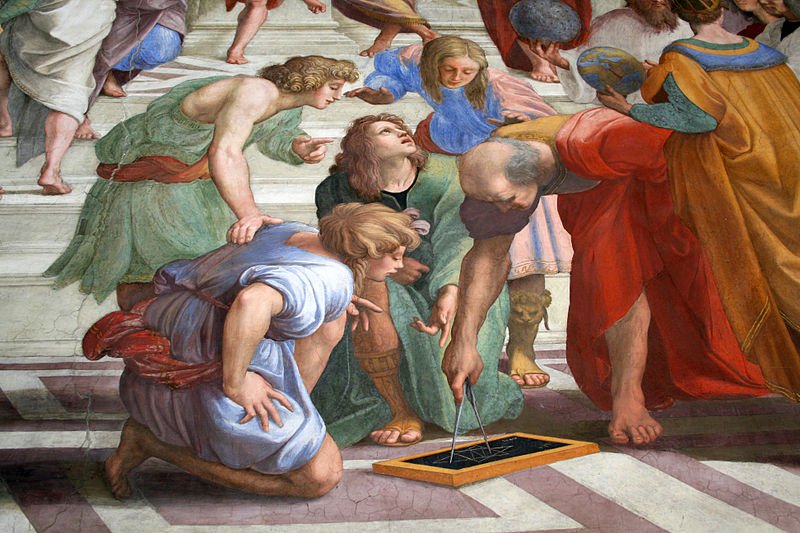
Having traced the history of geometry to the time of Plato’s pupil Philippus of Mende, Proclus writes:
All those who have written histories bring to this point their account of the development of this science. Not long after these men came Euclid, who brought together the Elements, systematizing many of the theorems of Eudoxus, perfecting many of those of Theaetetus, and putting in irrefutable demonstrable form propositions that had been rather loosely established by his predecessors. He lived in the time of Ptolemy the First, for Archimedes, who lived after the time of the first Ptolemy, mentions Euclid. (Morrow 56)
Ptolemy I Soter ruled Egypt between 323-282 BCE.
The only extant reference to Euclid by name in the works of Archimedes occurs in his treatise On the Sphere and Cylinder. In Proposition 2, we read:
By the second proposition of the first book of Euclid, let ΒΓ = Δ, and let ΖΗ be a straight line. (Heiberg 1880:14, my translation)
In 1950, however, the Danish mathematician Johannes Hjelmslev argued that this reference to Euclid was a later interpolation, which, if true, would undermine Proclus’ conclusion:
In any case, the reference is utterly naïve and must have been inserted by an inexperienced copyist. (Hjelmslev 7)
The reference is omitted in Thomas L Heath’s English translation of Heiberg’s edition.
There are, however, a number of references in the same treatise to the Elements (στοιχεῖα). For example, in Proposition 6, we read:
And it is likewise clear that, if a circle or a sector, as well as a certain area, be given, it is possible, by inscribing regular polygons in the circle or sector, and by continually inscribing such in the remaining segments, to leave segments of the circle or sector which are [together] less than the given area. For this is proved in the Elements [ταῦτα γὰρ ἐν τῇ στοιχειώσει παραδέδοται]. (Heath 1897:9, Heiberg 1880:24)
This can only be a reference to Elements 12:2, which proves the observation:
So, by cutting the circumferences remaining behind in half, and joining straight-lines, and doing this continually, we will (eventually) leave behind some segments of the circle whose (sum) will be less than the excess by which circle EFGH exceeds the area S. (Fitzpatrick 473-474)
There seems to be no compelling reason, therefore, to reject Proclus’ opinion. And, indeed, there is a general consensus among modern scholars that Euclid was older than Archimedes:
[Euclid] was therefore later than Plato’s group but earlier than Eratosthenes and Archimedes, for these two men were contemporaries, as Eratosthenes somewhere says. (Morrow 57)

It is in Proclus that we read one of the best-known anecdotes concerning Euclid:
Ptolemy once asked Euclid if there was not a shorter road to geometry than through the Elements, and Euclid replied that there was no royal road to geometry. (Morrow 57)
A similar story is told about Menaechmus and his pupil Alexander the Great. This has led some scholars to doubt the authenticity of the anecdote, but it is possible that Euclid was familiar with the other story and was simply quoting Menaechmus.
Proclus mentions several other works by Euclid:
- Optics
- Catoptrics
- On the Divisions of Figures
- Elements of Music
- Pseudaria (Fallacies)
The first three are extant—the third only in an abridged Arabic translation. Two other works generally attributed to Euclid have also survived: Data and Phaenomena.
Other lost works attributed to Euclid include the Conics, which Apollonius of Perga extended to produce his famous treatise on the subject, the Porisms, and possibly a treatise on mechanics. Two treatises on music—An Introduction to Harmony and The Divisions of the Monochord—could derive from his lost Elements of Music, but this is thought to be unlikely. See Heath for further comments.
Another ancient mathematician, Pappus of Alexandria, who lived in the 4th century of the Common Era, tells us that Euclid had pupils at Alexandria (Hultsch 678-679:10-12, Pappus 7:35). This passage, however, is considered spurious by Hultsch, so even this is not certain (Ver Ecke 507 fn 3).
In another passage, one which Hultsch also considers spurious, Pappus records something of Euclid’s character:
Now Euclid—regarding Aristaeus as deserving credit for the discoveries he had already made in conics, and without anticipating him or wishing to construct anew the same system (such was his scrupulous fairness and his exemplary kindliness towards all who could advance mathematical science to however small an extent), being moreover in no wise contentious and, though exact, yet no braggart like the other [Apollonius of Perga]—wrote so much about the locus as was possible by means of the conics of Aristaeus, without claiming completeness for his demonstrations. (Heath 3)
Heath, however, does not believe that Pappus had any source for this portrait of Euclid and simply made it up as a counterweight to some comments made by Apollonius of Perga in his treatise On Conic Sections.
The Macedonian anthologist Joannes Stobaeus, to whom we owe the story of Menaechmus and Alexander the Great, has preserved another well-known anecdote concerning Euclid:
... someone who had begun to learn geometry with Euclid, when he had learnt the first theorem, asked Euclid “What shall I get by learning these things?” Euclid called his slave and said “Give him threepence since he must make gain out of what he learns”. (Heath 3)
Stobaeus attributes the anecdote to Serenus, an Egyptian-born mathematician of the 4th century (Meineke 205). The τριώβολον (three-obol-piece) was the standard daily fee for a juror (δικαστής) attending a court case in Athens (see, for example, Aristophanes, The Wasps 660-663), thus converting the role of teacher and pupil into that of accused and juror.
In some Classical sources, Euclid is referred to not by name but as ὁ στοιχειωτής, which Morrow translates as “the elementator” or “the author of the Elements” (Morrow xxii).
In the post-Classical age, Arabian authors compiled numerous details pertaining to the biography of Euclid. We are told, for example, that his father was a certain Naucrates and his grandfather Zenarchus, and that he was born in Tyre and raised in Damascus. Modern historians almost unanimously reject these “biographies” as worthless. See Heath for further analysis.
Bringing together all the reliable sources, we can reconstruct the following biography of Euclid:
His place of birth is unknown. Athens and Alexandria are possibilities but further speculation is idle. In the Middle Ages he was sometimes confused with an earlier Euclid, the philosopher Euclid of Megara, who was a pupil of Socrates and who was present at Socrates’ death. This Euclid founded the Megarian School of Philosophy, but is not known to have studied mathematics or geometry. The earliest misidentification of the two men occurred in the 14th century (Heath 3).
He was born around 325 BCE. He was younger than the generation who had studied at the Academy under Plato, but older than Archimedes and Eratosthenes.
As a young man he may have studied at Plato’s Academy in Athens when Polemon was scholarch.
He founded a school of mathematics at Alexandria during the reign of Ptolemy I Soter (323-282).
He died in the 3rd century. More than this we cannot say.
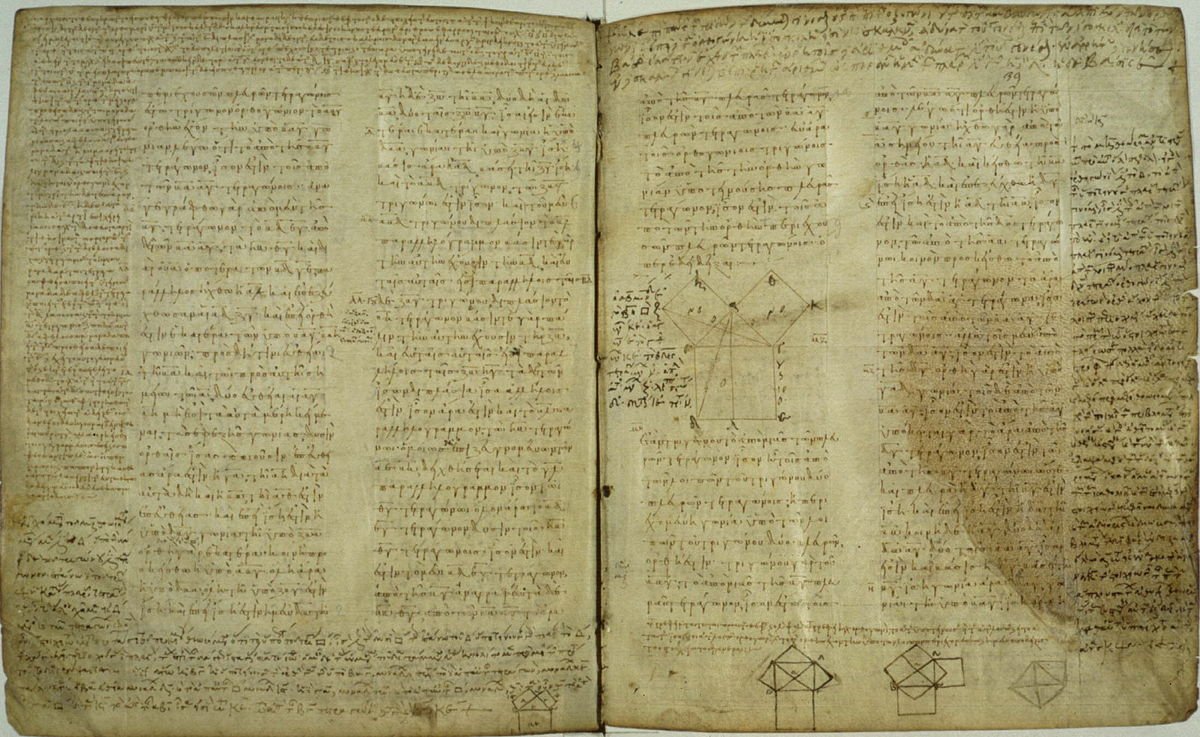
Editions, Commentaries and Translations
Euclid is believed to have compiled the propositions of the Elements from the writings of his precursors, adding proofs of his own or improving those of his sources. Among these precursors were:
- Eudoxus of Cnidus
- Theaetetus of Athens
- Pythagoras of Samos
- Hippocrates of Chios
Sometime in the 4th century CE, Theon of Alexandria brought out a new edition of the Elements. It was from this recension that all editions and translations were made before the modern era.
In 1474, the German scholar Regiomontanus announced his intention to publish the first printed edition of the Elements at his shop in Nürnberg. This plan was frustrated, however, by his untimely death in 1476 during a trip to Rome (Shank 27-28). The honour of producing the first printed edition of the Elements fell instead to Erhard Ratdolt, whose Venetian edition came out in 1482. This was based on a Latin translation by the 13th-century Italian mathematician Campanus of Novara.
The editio princeps of Theon’s Greek text was published by Simon Grynaeus in Basel in 1533. Many subsequent editions of the Elements—both in the original Greek and in translation—were published over the following three centuries. Theon’s text in one form or another served as the basis for all of these.
It was not until the 19th century that scholars began the onerous task of recovering Euclid’s original text. One of the first fruits of this labour was the trilingual—Greek, Latin and French—edition published in Paris between 1814 and 1818 by the French mathematician François Peyrard. Peyrard’s French translation of the Elements is still considered the finest in that language.
Between 1884 and 1888, the Danish philologist Johan Ludvig Heiberg and his German colleague Heinrich Menge brought out a new critical edition of the Elements based on some of the finest manuscript sources of Euclid’s original Greek text. Among these was Vaticanus Graecus 190 (Heiberg’s P), the importance of which had been first realized by Peyrard. Heiberg and Menge also provided a Latin translation of the Greek text.
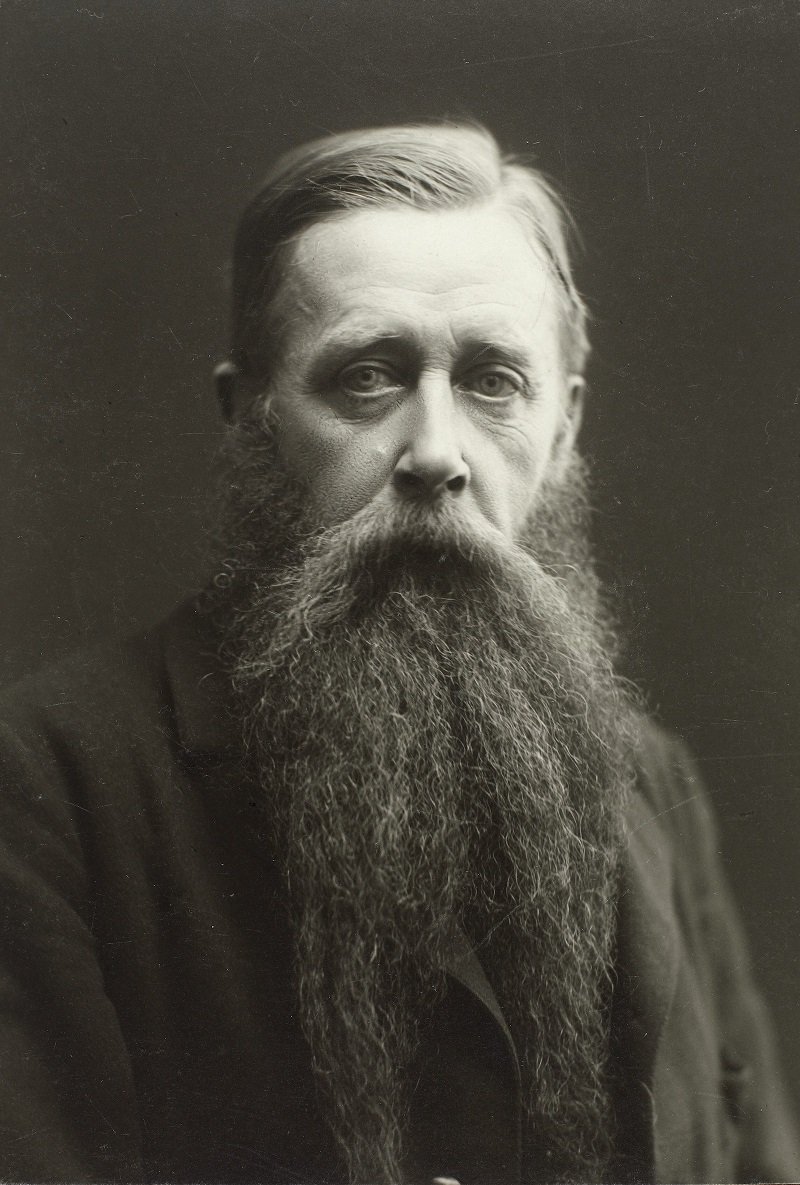
Heiberg and Menge’s critical text was the basis for Thomas Little Heath’s English translation, which has never been out of print since its first appearance in 1908. Heath’s edition is well worth having at one’s elbow while one is studying Euclid. It has a lengthy introduction—150 pages—that summarizes all that was known in the author’s day about Euclid and the Elements, and Heath’s translation still holds up today. The introduction is certainly worth reading before tackling the thirteen books of the Elements, but Heath’s notes and commentaries are so voluminous as to eclipse Euclid’s text. The student inevitably spends more time reading Heath than Euclid—to the latter’s detriment.
For this reason, I prefer to rely on the recent English translation by Richard Fitzpatrick of the University of Texas at Austin. This edition, which displays the original Greek text (Heiberg’s edition) and the English translation side by side, is freely available online as a PDF. Fitzpatrick’s editorial comments are thankfully kept to a minimum:
- Richard Fitzpatrick (translator), Euclid’s Elements of Geometry, University of Texas at Austin, Austin, TX (2008)
My recommendation is that one should first read Euclid on Euclid’s terms alone. Later, when one has successfully scaled this particular Parnassus, one can always reread the work with a more critical eye, turning to Euclid’s commentators—of which there is no shortage—for a deeper understanding of the subject matter.
And that’s a good place to stop.
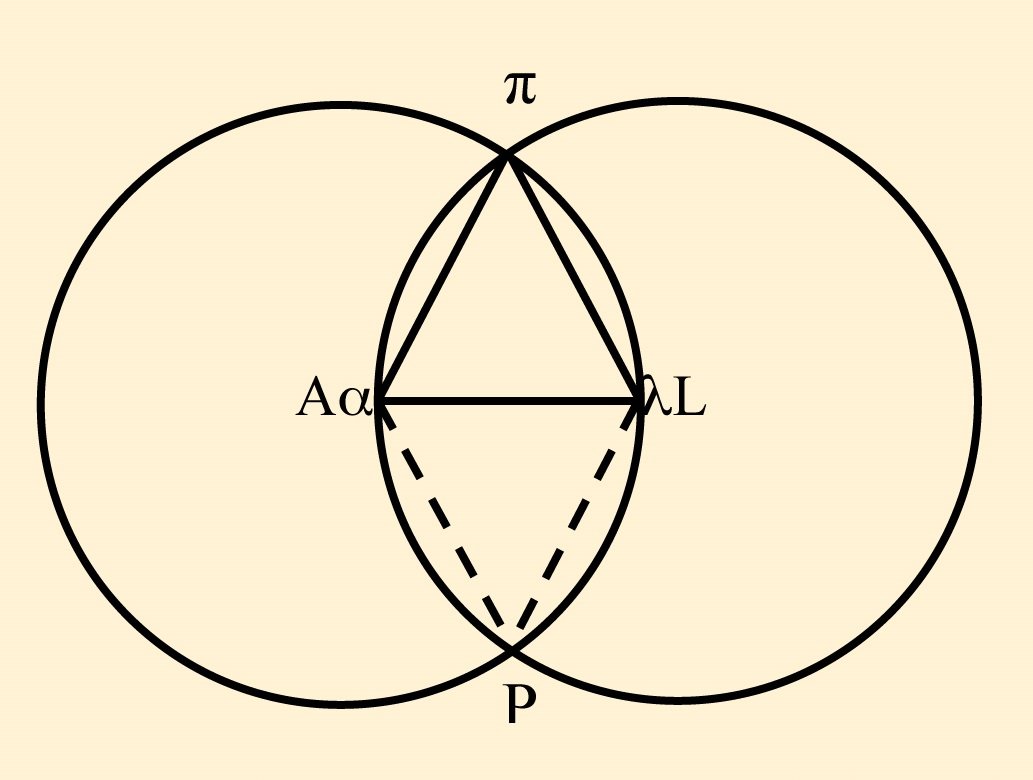
References
- Richard Fitzpatrick (translator), Euclid’s Elements of Geometry, University of Texas at Austin, Austin, TX (2008)
- Thomas Little Heath (translator & editor), The Thirteen Books of Euclid’s Elements, Second Edition, Dover Publications, New York (1956)
- Thomas Little Heath (translator & editor), The Works of Archimedes, Cambridge University Press, Cambridge (1897)
- Johan Ludvig Heiberg, Archimedis Opera Omnia cum Commentariis Eutocii, Volume 1, B G Teubner, Leipzig (1880)
- Johan Ludvig Heiberg, Heinrich Menge, Euclidis Elementa edidit et Latine interpretatus est I. L. Heiberg, Volumes 1-5, B G Teubner Verlag, Leipzig (1883-1888)
- Johannes Hjelmslev, Über Archimedes’ Grössenlehre, Danske Vid. Selsk. Matematisk-fysiske meddelelser Kongelige Danske Videnskabernes Selskab, Volume 25, Number 15, The Royal Danish Academy of Sciences and Letters, Copenhagen (1950)
- Friedrich Otto Hultsch (translator & editor), Pappi Alexandrini Collectionis Quae Supersunt, Volume 2, Weidmannsche Buchhandlung, Berlin (1877)
- August Meineke (translator & editor), Ioannis Stobaei Florilegium, Volume 3, B G Teubner, Leipzig (1856)
- Glenn R Morrow (translator), Proclus: A Commentary on the First Book of Euclid’s Elements, Princeton University Press, Princeton, NJ (1970)
- François Peyrard, Les Œuvres d’Euclide, en Grec, en Latin et en Français, Volumes 1-3, Charles-Frobert Patris, Paris (1814, 1816, 1818)
- Michael H Shank, The Geometrical Diagrams in Regiomontanus’s Edition of his own Disputationes (c. 1475): Background, Production, and Diffusion, Journal for the History of Astronomy, Volume 43, Number 1, pp 27-55, Cambridge University Press, Cambridge (2012)
- Paul Ver Eecke (translator & editor), Pappus D’Alexandrie: La Collection Mathématique, Volume 1, Desclée de Brouwer et Cie, Paris (1933)
Image Credits
- Euclid in The School of Athens (Raphael): Raphael (artist), Stanza della Segnatura, Apostolic Palace, Vatican City, Jean-Pol GRANDMONT (photographer), Public Domain
- Euclides Crater and Montes Riphaeus: The Crater Euclides, with the Montes Riphaeus to the East, Lunar Reconnaissance Orbiter, JMARS, NASA, Public Domain
- Vaticanus Graecus 190: Euclid’s Elements 1:47 (Pythagorean Theorem), Vatican Library, Vat.gr.190.pt.1, 38v-39r, Public Domain
- Johan Ludvig Heiberg: Frederik Riise (photographer), Det Kongelige Bibliotek, Copenhagen, Public Domain
- Euclidean Diagram from James Joyce’s Finnegans Wake: James Joyce, Finnegans Wake, p 293, Faber & Faber, London (1939), Public Domain
Online Resources

